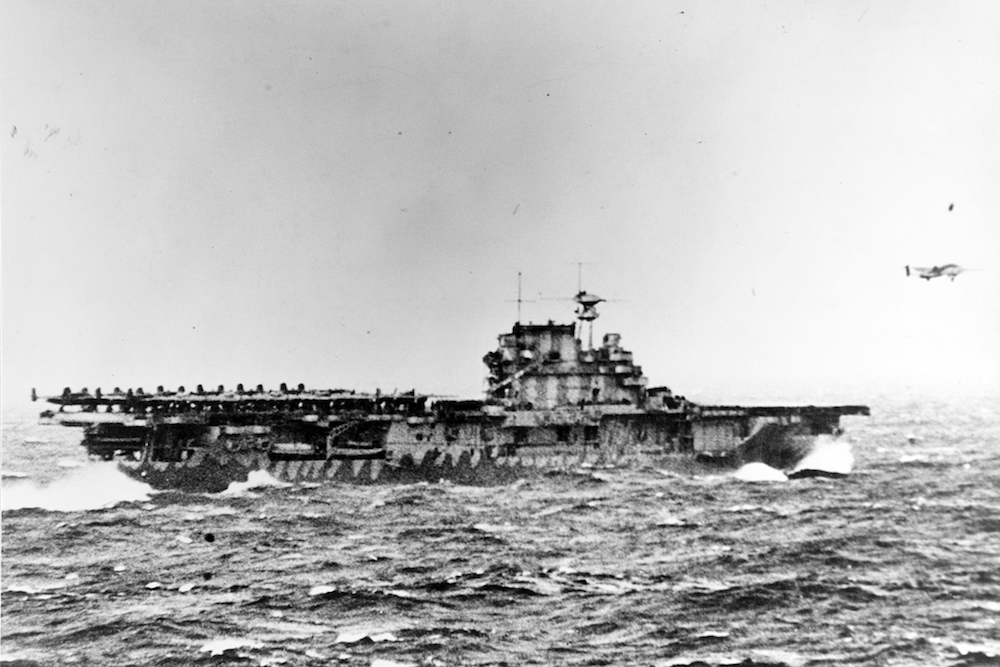Feb 12, 2019
ALAMEDA — Remains of a U.S. Navy aircraft carrier with ties to the San Francisco Bay Area were discovered recently just east of the Solomon Islands, officials with a Bay Area museum announced Tuesday.
According to the USS Hornet Sea, Air and Space Museum in Alameda, the USS Hornet (CV-8), was discovered by the research vessel Petrel, which the Paul Allen Foundation sponsored. Hornet (CV-8) was a predecessor to the ship and museum in Alameda, which is the USS Hornet (CV-12).
Hornet (CV-8) left San Francisco Bay on April 2, 1942, with orders to attack the Japanese mainland in what was called the Doolittle Raid, led by Army Lt. Col. James Doolittle. Officials with the museum and the U.S. Navy said the raid was the first airborne attack on the Japanese mainland and was a morale booster for Allied troops in WWII.
Almost three months later, Hornet (CV-8) was involved in the Battle of Midway, where Hornet (CV-8) and three other U.S. carriers sunk four Japanese carriers, according to the U.S. Navy. Some historians consider the battle the turning point in the war, according to museum officials.
Then on Oct. 26, 1942, during the Battle of the Santa Cruz Islands, Hornet (CV-8) received several direct strikes from enemy aircraft and sunk.
Hornet (CV-12) was built in honor of and as a tribute to Hornet (CV-8). Hornet (CV-12) was initially named USS Kearsage, but was renamed eight weeks after its keel was laid.
U.S. Navy officials said Hornet (CV-8) was discovered last month and lies 5,400 meters below the surface near the Solomon Islands in the South Pacific. [LEARN MORE about USS Hornet (CV-8)]
